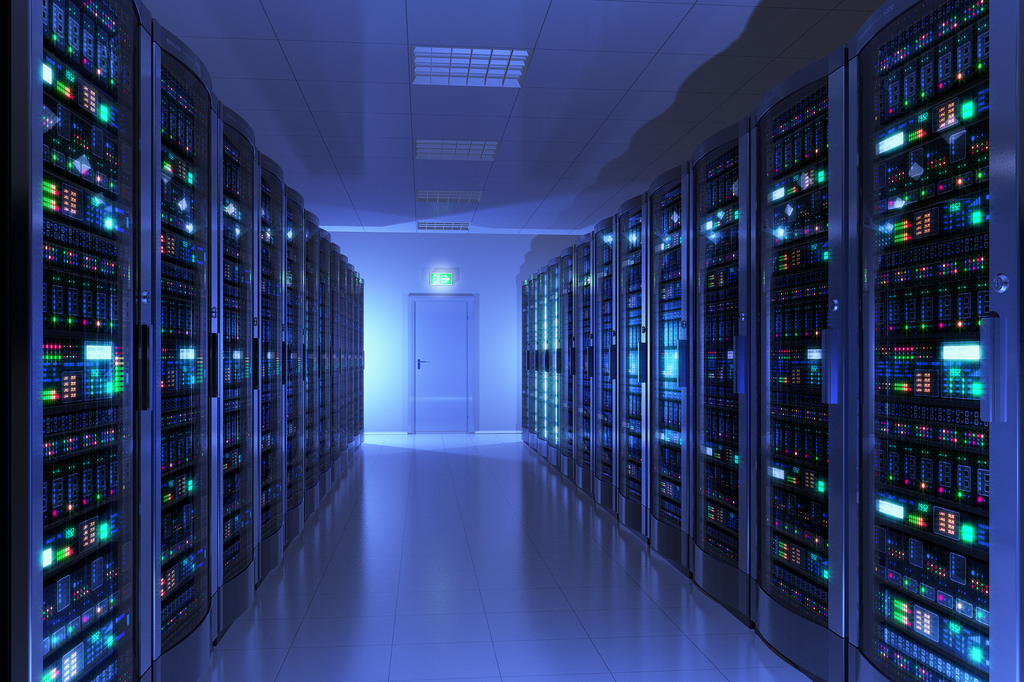 INFRA
INFRA
 INFRA
INFRA
 INFRA
INFRA
Facebook Inc. is revamping its data centers with new server hardware in order to cope with the masses of new data its users generate every day.
As one of the largest web companies in the world, Facebook has for years been forced to innovate by designing and building its own data center servers and equipment to make up for the fact that traditional hardware manufacturers can’t keep up with its needs. Faced with this reality, the company adopted the novel approach of breaking down traditional computing components and rebuilding them as “modular disaggregated systems” that allow it to swap out hardware and software when better technology becomes available. Now, the next-generation of data center hardware has arrived, and Facebook is wasting no time in plugging it in.
At the Open Compute Project Summit 2017 event today in Santa Clara, California, Facebook announced the beginning of a new server refresh that will see it rip out all of its old equipment in order to make room for its newly unveiled designs – four new servers that are simultaneously being donated to the OCP initiative it helped to establish.
Facebook first setup the OCP back in 2011 with the goal of promoting more efficient, environmentally friendly data center designs and architectures. The idea is that other hyperscale web companies don’t need to go it alone, but can instead save time and money by implementing Facebook and other group member’s proven data center designs. Those designs include a number of custom-made servers built for a wide range of different compute purposes, which explains why Facebook is making its new server designs available to the wider community.
Perhaps the most important of Facebook’s new server designs is its latest storage enclosure. It’s called “Bryce Canyon,” and is the social media giant’s “first major storage chassis designed from the ground up” since its Open Vault storage system was released in 2013, Arlene Murillo, a technical program manager at Facebook, wrote in a blog post.
Bryce Canyon will become the new workhorse of Facebook’s data centers, designed for high-density storage of photos and videos, the company said. The unit offers vast improvements on its predecessor, the Honey Badger storage server, with higher storage capacity, greater power efficiency and compatibility with the Open Rack v2 standard.
The company has also designed a new server to power its Artificial Intelligence technologies. “Big Basin” is the successor to Facebook’s Big Sur graphics processing unit server, designed for deep learning and neural networks, and boasts a number of serviceability, reliability, performance and cluster management improvements. As a result, Big Basin “can train models that are 30 percent larger because of the availability of greater arithmetic throughput and a memory size increase from 12 GB to 16 GB,” Murillo said.
Facebook also unveiled a couple of smaller servers, including “Tioga Pass,” which replaces its old “Leopard” servers and will be used to run a variety of compute services on the social network. Finally, Facebook introduced the Yosemite V2 multi-node compute platform alongside its new Twin Lakes 1S server for more specialized compute workloads.
Facebook has made the full specifications for each of its new servers available on the Open Compute website.
THANK YOU